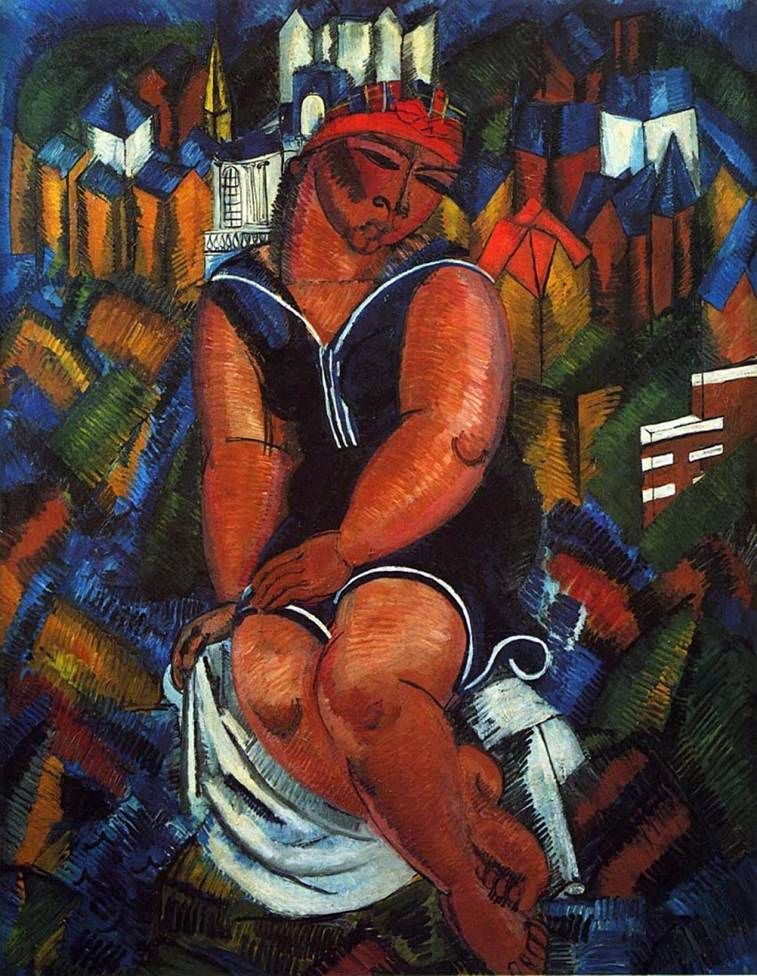
Duffy’s fascination with cubism was very superficial. Disappointed in the philosophy of Fauvism, which was based on the postulate of using “color for the sake of color,” Dufy again began to search for his own manner. The next one who influenced the artist was Paul Cézanne.
Together with Georges Braque, Dufy spent some time in the town of Estac near Marseilles, where Cezanne wrote a number of his famous paintings that marked the beginning of Cubism. Both Dufy and Marc sought to borrow from Cezanne freedom in dealing with geometric shapes and his cold, muted palette.
As a result, the line of Dufy for several years remained sharp and angular, quite unlike the smooth, rounded line characteristic of his later works. Dufy’s paintings of his “Marseilles” period with good reason can be called “pre-bureaucratic”. They were distinguished by a slight distortion of spatial forms and a muted color.
Experimenting with cubism, Dufy wrote several noteworthy works, including “Landscape in Estaca”, 1908, which strongly resembles the paintings of Marriage of the same period. Duffy, unlike his friend, did not immerse himself in Cubism for a long time, although this influence is felt in a number of his later works – for example, in the paintings “Neapolitan Fishermen”, 1914, “Bird Cage”, 1914 and “Big Bather” , 1914.
 Big Bather – Raoul Dufy
Big Bather – Raoul Dufy Trees in Estaca by Raul Dufy
Trees in Estaca by Raul Dufy Le grand baigneur – Raoul Dufy
Le grand baigneur – Raoul Dufy Posters in Trouville by Raoul Dufy
Posters in Trouville by Raoul Dufy Anemones by Raoul Dufy
Anemones by Raoul Dufy Reception by Raoul Dufy
Reception by Raoul Dufy The pier in Colbert by Raul Dufy
The pier in Colbert by Raul Dufy Yellow harmonium with violin by Raoul Dufy
Yellow harmonium with violin by Raoul Dufy